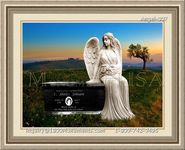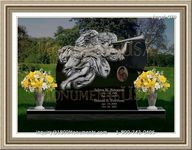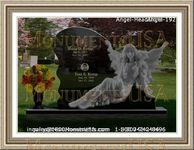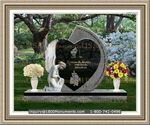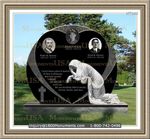|
Details To Notice When Selecting Funeral Flags
A great many small details need be attended when one is charged with planning a loved one's final arrangements. Among these is ensuring that all the bereaved are able to find the interment site when memorial services are held at a different location. One way to do this is to use funeral flags and everyone travel as a group from one place to another.
The parade of mourners following the remains of an individual from the location of services to the site of interment is known as a procession. In some cultures it consists of people walking and carrying the body to its final resting place, though more commonly it is a line of vehicles. The chain is led by the hearse with the deceased inside.
As the one being honored, the deceased is placed in the hearse, which takes the front position. The next place is held by the cars, frequently limousines, that carry the parents, spouse, significant other or children of the departed one. Immediate family will follow the limos and all others mourners will fall in behind them.
Quite often, a police escort is assigned to lead the procession and keep the chain of vehicles unbroken. Other tools, such as banners, may be used to identify members belonging to the group of bereaved travelers to bystanders. There are multiple types of these products that may be utilized for this purpose.
Sometimes, wide ribbons are stretched across the hood of each car, identifying the passengers as in mourning. More commonly used are banners flown from flexible plastic rods attached to an automobile's door window. These may also be found with a magnetic base designed to firmly adhere to the metal or vinyl outside of the vehicle.
Generally speaking, these products are about twelve inches high and use staffs that are flexible to bend, rather than break when stressed. The banners attached to them are usually 6" x 9" and starched for easy viewing. They come in multiple colors, including purple, orange and white, and feature a contrasted cross in the center.
|
|























